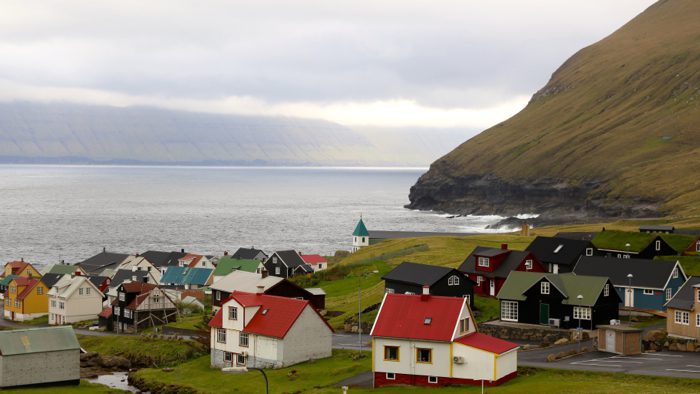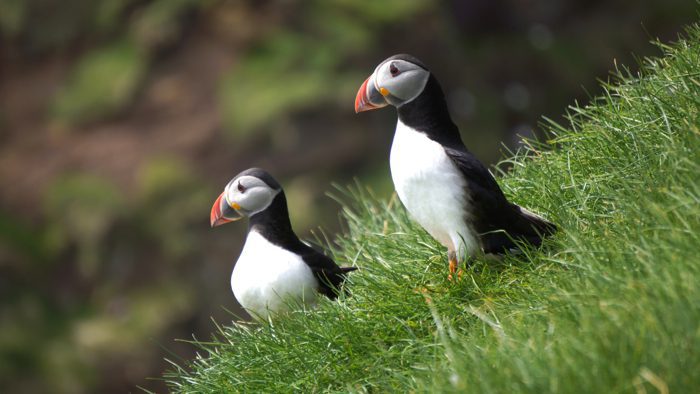The Faroe Islands are a self-governing archipelago between Scotland and Iceland in the North Atlantic Ocean. The islands are an autonomous territory within the Kingdom of Denmark and are home to a population of around 50,000 people.
The Faroe Islands have a rich history dating back to the Viking Age. Norsemen first settled the islands in the 9th century. Since the 14th century, they have also been a part of the Kingdom of Denmark. The local culture boasts Norse, Scottish, and Irish influences. The islands gained self-governance in 1948 and are now an autonomous territory within the Kingdom of Denmark.
The Faroe Islands are known for their stunning natural beauty. They boast rugged cliffs, rolling hills, and picturesque fjords. The islands are also home to several species of birds. Bird species include puffins, gannets, and guillemots. The surrounding waters are also popular for whale watching.
Despite their small size, the Faroe Islands have a rich cultural history and a thriving arts scene. The islands are home to many museums and galleries, including the Faroese Art Museum and the Nordic House. The museums host exhibitions and events showcasing the work of local artists and musicians.
The Faroe Islands are also known for their delicious cuisine, influenced by Danish and Icelandic traditions. Traditional dishes include skerpikjøt (cured lamb), ræst kjøt (dried mutton), and ræstur fiskur (dried fish). The islands are also home to several microbreweries, producing a range of craft beers using local ingredients.
Overall, the Faroe Islands are a unique and beautiful destination that offers something for everyone. From its stunning natural landscape and rich cultural history to its delicious food and thriving arts scene, it is a must-visit destination for anyone interested in exploring the North Atlantic.




